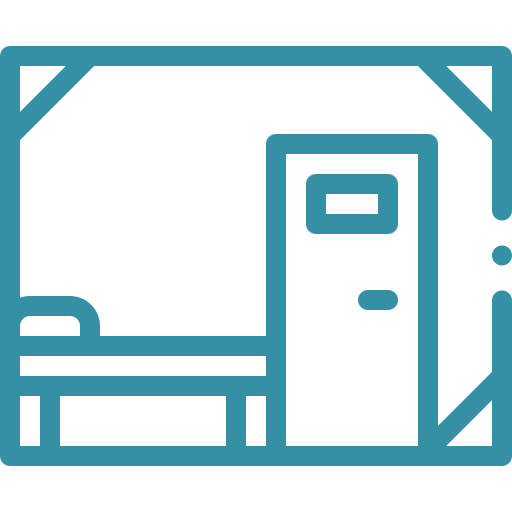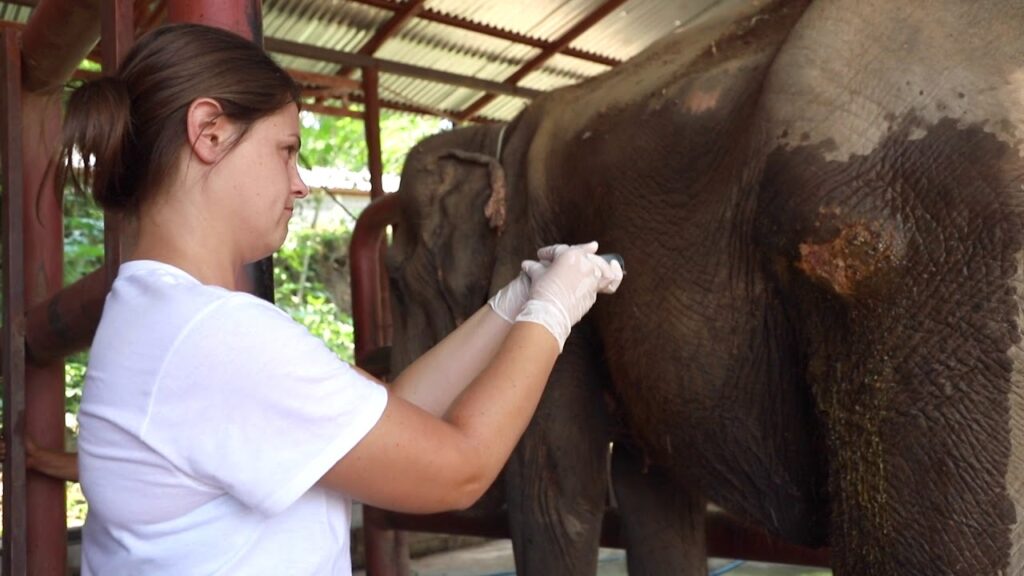MEDICAL APPLICATIONS

OFFICES & WAITING ROOMS
Disinfect pathogens to keep patients and staff safe. In a matter of minutes eliminate viruses - such as Coronavirus - using selective oxidation.
Read more

HOSPITAL & DENTAL
A great candidate for clinical treatment, this antibacterial is effective against all viral subspecies. It even kills bacteria and germs in the mouth.
Read more

LABORATORIES & MORGUES
Remove contamination, recommission, and restore facilities. All cracks and crevices can be contacted and equipment returned in safe working order.
Read more

VETERINARIAN CARE
Cross-contamination from staff and patients is a high risk. Frequently disinfect susceptible surfaces such as cabinets, tables, floors, chairs and doors.
Read more

VAPOR FOGGING
The best way to disinfect a facility of potential pathogens including Coronavirus[popup_anything id="15384"] is by fogging surfaces and the entire area of rooms, with no residue or additional cleanup.
Read more

BIOMATTER DISINFECTION
Applications include: forensics, biohazard cleanup, crime scenes, outbreak response, sterility after construction, and small amounts of blood.
Read more


























